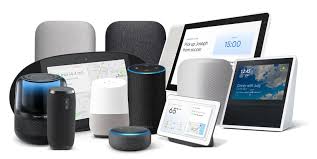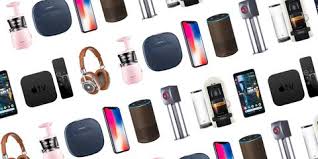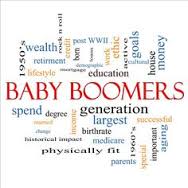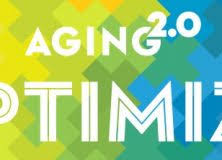Older adults can save tens of thousands of dollars annually by choosing assisted living communities over aging in place in their homes.
Unlike point solutions, Inspiren unifies resident safety, care planning, staffing, and emergency response into a single AI-powered platform.
An artificial intelligence-powered virtual assistant platform for senior living and care providers.
Betting that AI could lighten the clinician load.

 Who can and will be talking to their technology? Quite a few people will, though it is hard to get a real number – which is ironic, since Amazon, Google, Apple, Samsung, etc. all know how many they have shipped. And they also know
Who can and will be talking to their technology? Quite a few people will, though it is hard to get a real number – which is ironic, since Amazon, Google, Apple, Samsung, etc. all know how many they have shipped. And they also know  A short month saw plenty of food – and provided food for thought. Many (54 million!) traveled during the US Thanksgiving holiday,
A short month saw plenty of food – and provided food for thought. Many (54 million!) traveled during the US Thanksgiving holiday,  Warning -- this is not a blog post about what to give to seniors. There are plenty of click-bait websites topping the search list, like
Warning -- this is not a blog post about what to give to seniors. There are plenty of click-bait websites topping the search list, like  What is the likelihood of living to 100 for older adults? Greater than you think – can you imagine that that by 2050, the number will grow from 72,000 to
What is the likelihood of living to 100 for older adults? Greater than you think – can you imagine that that by 2050, the number will grow from 72,000 to  ck out this startling sampling of Apple user complaints...Rant on.
ck out this startling sampling of Apple user complaints...Rant on.  Interested in innovation in the age-related market? You are based in the west coast or needed to be there to do other business? Then you may have attended Aging 2.0’s annual Optimize event this week in San Francisco to hear Dr. Joseph Coughlin of the MIT Age Lab describe his
Interested in innovation in the age-related market? You are based in the west coast or needed to be there to do other business? Then you may have attended Aging 2.0’s annual Optimize event this week in San Francisco to hear Dr. Joseph Coughlin of the MIT Age Lab describe his  October – autumn leaves drift down and large events gear up. Traversing the trade show world, so much tech, so little time. And other shows await, including
October – autumn leaves drift down and large events gear up. Traversing the trade show world, so much tech, so little time. And other shows await, including